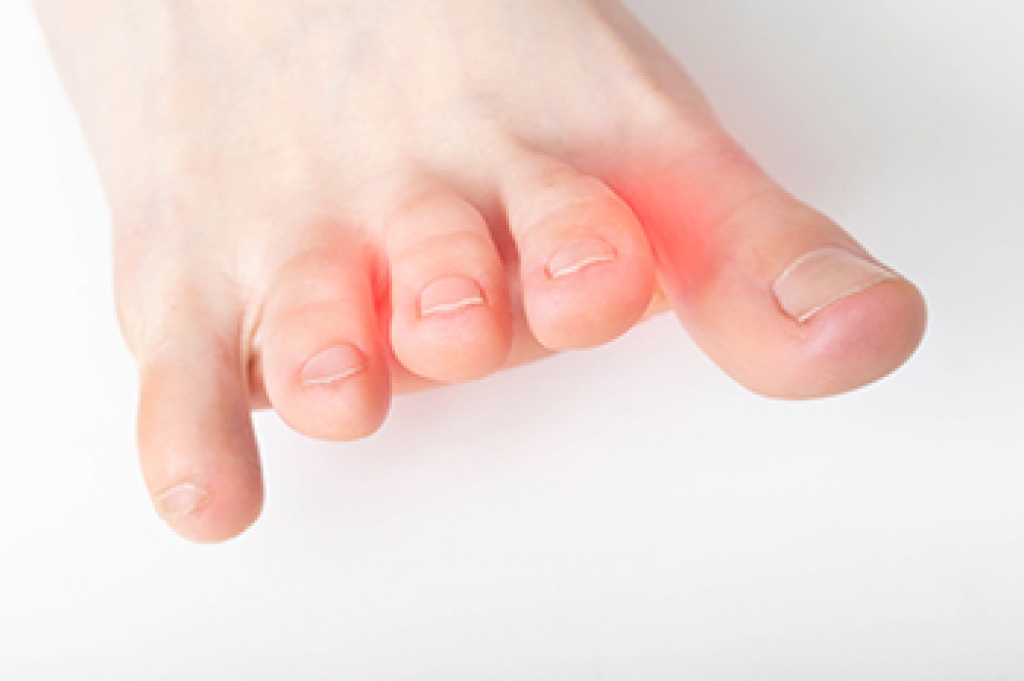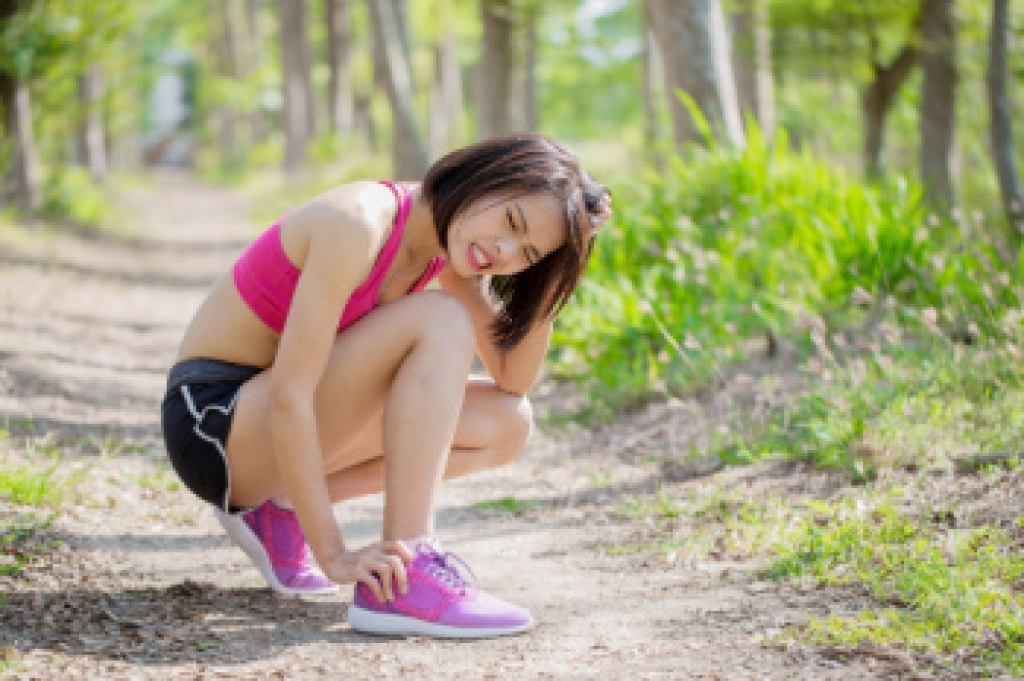
Morton’s neuroma develops when a nerve between the toes, most often the third and fourth, becomes thickened and irritated. This condition can cause sharp or burning pain in the ball of the foot, often described as standing on a pebble or having a wrinkle in the sock. Wearing tight shoes, high heels, or repetitive stress from running or other impact activities can worsen the problem. Relief often begins with simple changes such as wearing wider shoes, avoiding high heels, and using cushioned pads or orthotics to reduce pressure on the affected nerve. When discomfort persists, treatments like anti-inflammatory therapy, corticosteroid injections, or specialized procedures may be used to ease pain and restore comfort. If you frequently experience tingling, numbness, or pain in the front of your foot, it is suggested that you schedule an appointment with a podiatrist for an evaluation and appropriate treatment.
Morton’s neuroma is a very uncomfortable condition to live with. If you think you have Morton’s neuroma, contact Ramin Nadjafi, DPM of Advanced Podiatry Group. Our doctor will attend to all of your foot care needs and answer any of your related questions.
Morton’s Neuroma
Morton's neuroma is a painful foot condition that commonly affects the areas between the second and third or third and fourth toe, although other areas of the foot are also susceptible. Morton’s neuroma is caused by an inflamed nerve in the foot that is being squeezed and aggravated by surrounding bones.
What Increases the Chances of Having Morton’s Neuroma?
- Ill-fitting high heels or shoes that add pressure to the toe or foot
- Jogging, running or any sport that involves constant impact to the foot
- Flat feet, bunions, and any other foot deformities
Morton’s neuroma is a very treatable condition. Orthotics and shoe inserts can often be used to alleviate the pain on the forefront of the feet. In more severe cases, corticosteroids can also be prescribed. In order to figure out the best treatment for your neuroma, it’s recommended to seek the care of a podiatrist who can diagnose your condition and provide different treatment options.
If you have any questions, please feel free to contact our office located in Orlando, FL . We offer the newest diagnostic and treatment technologies for all your foot care needs.




